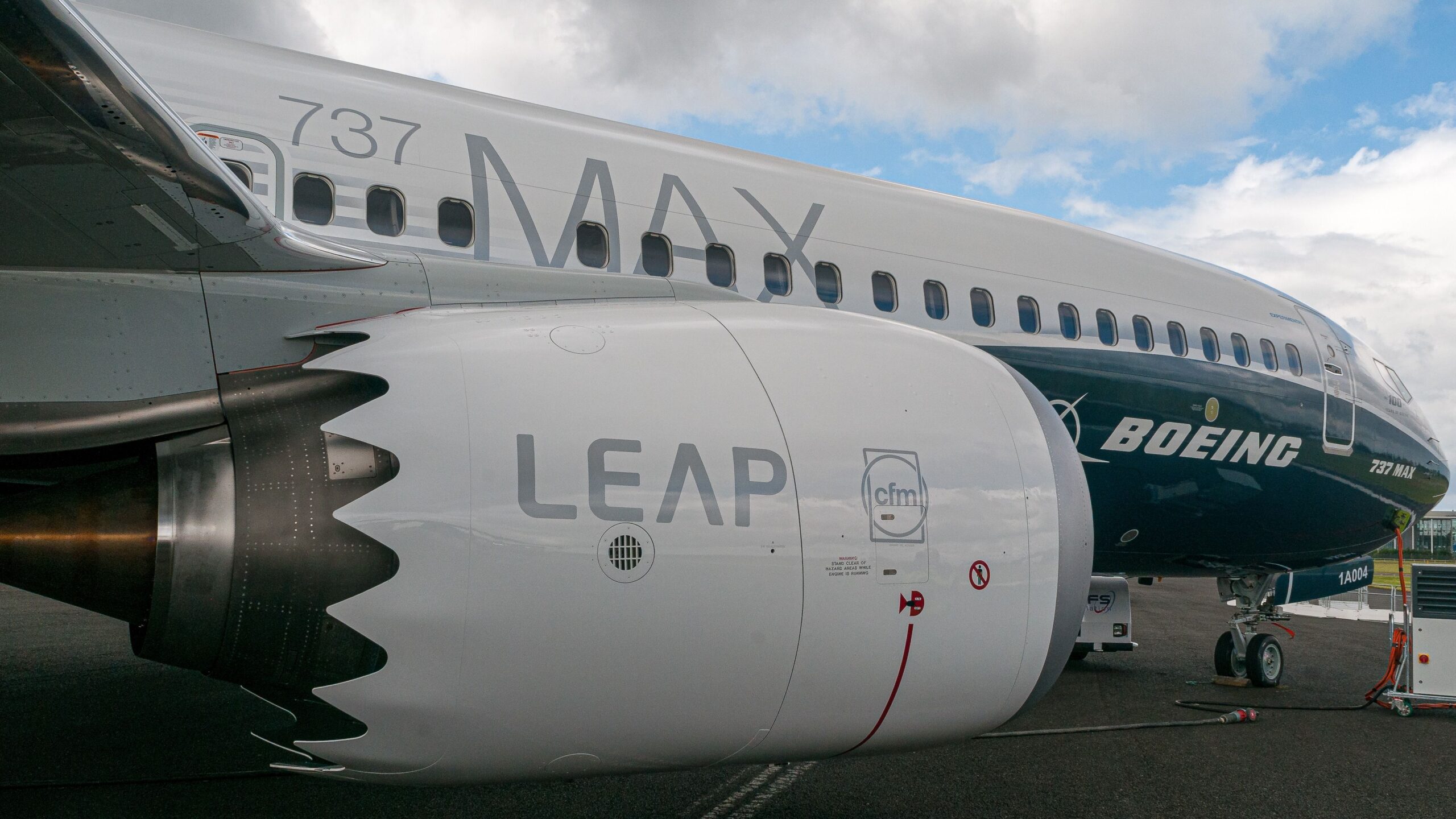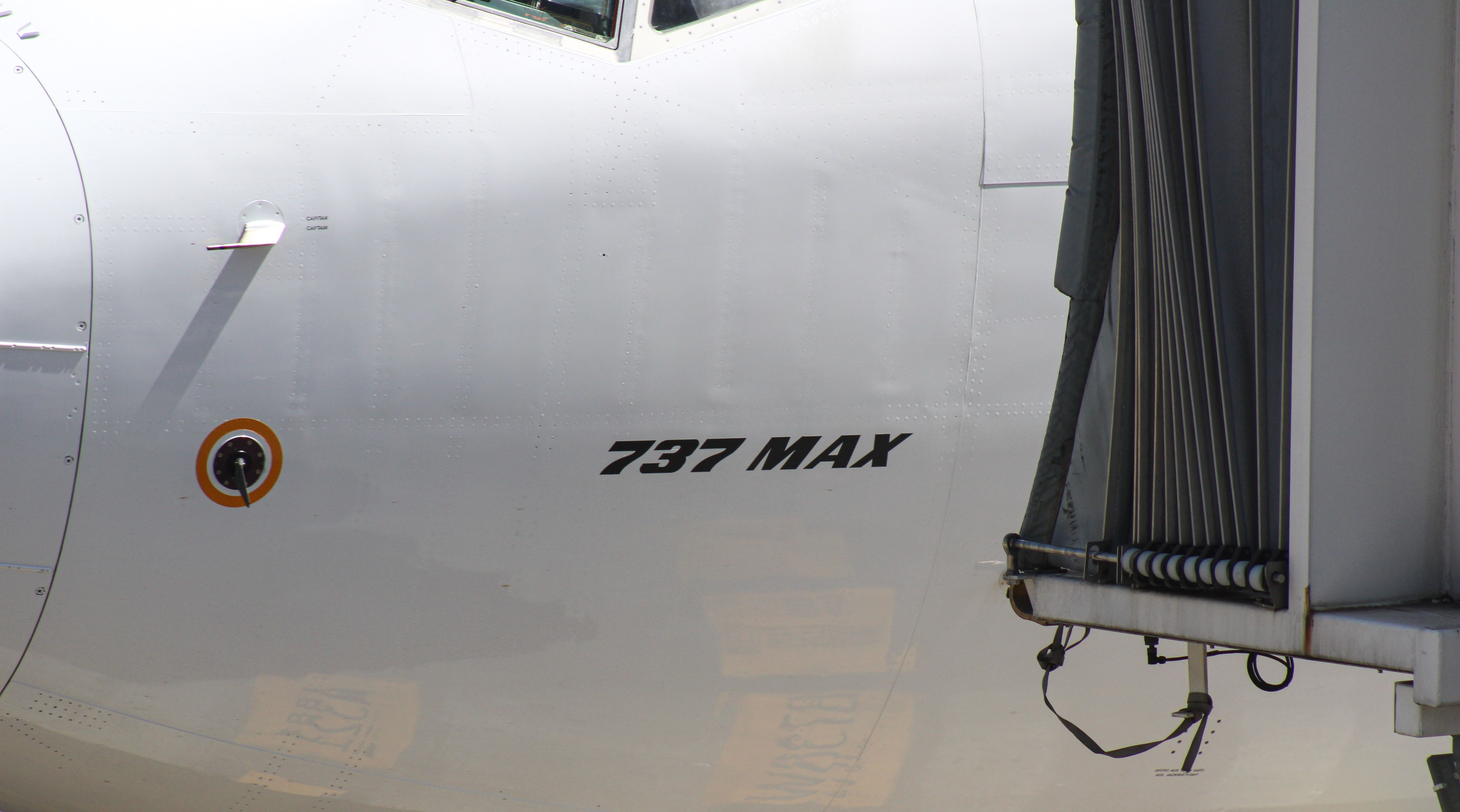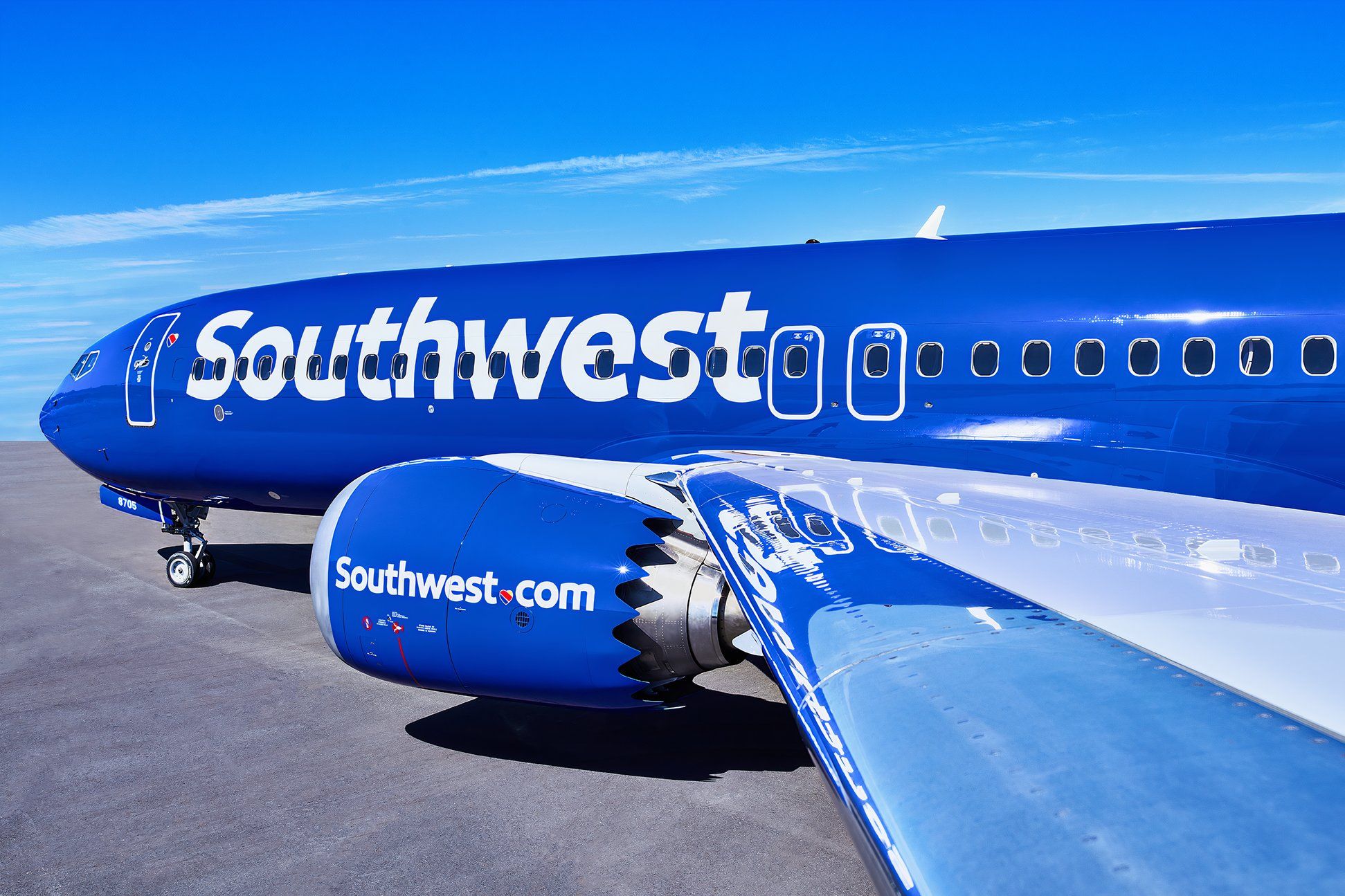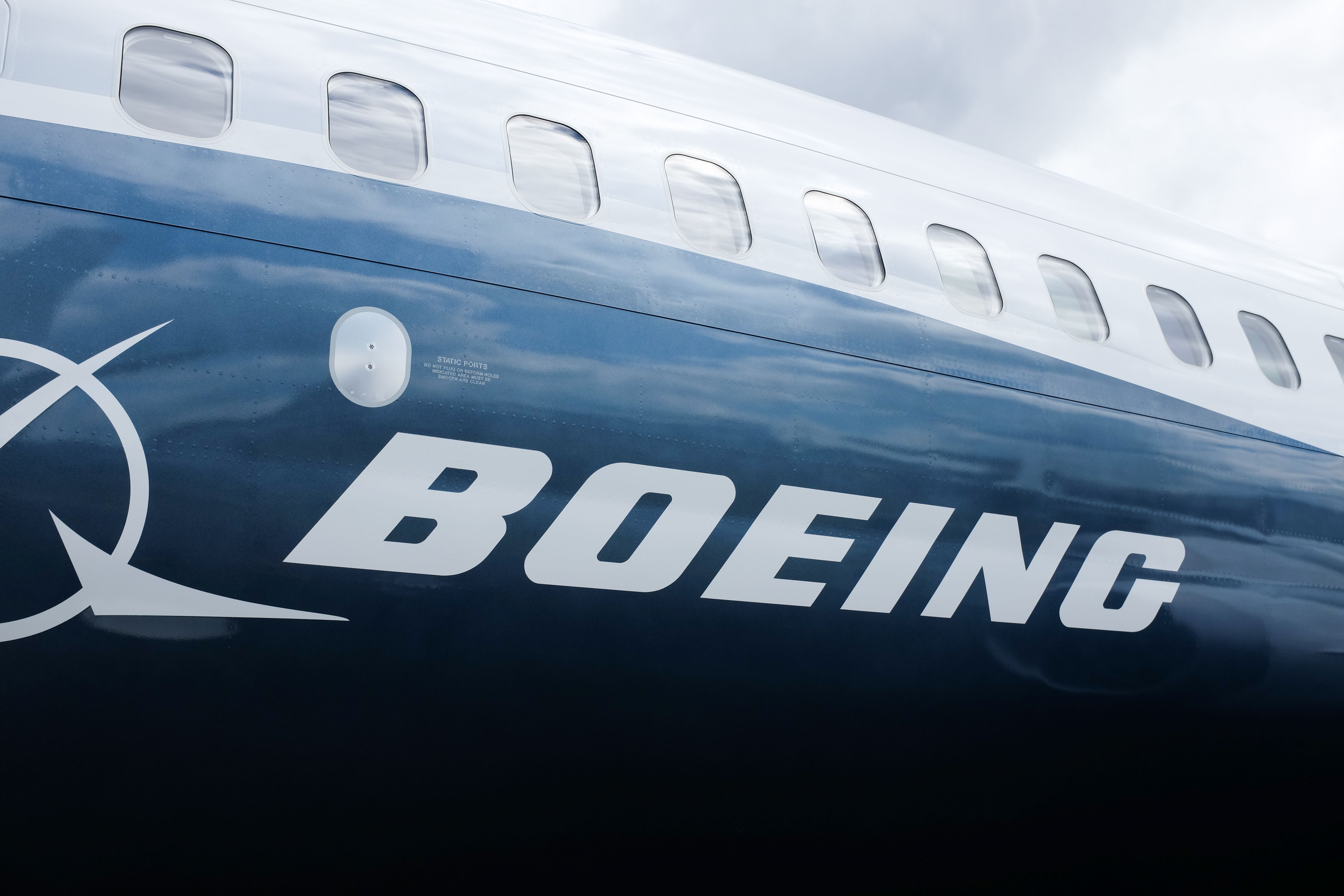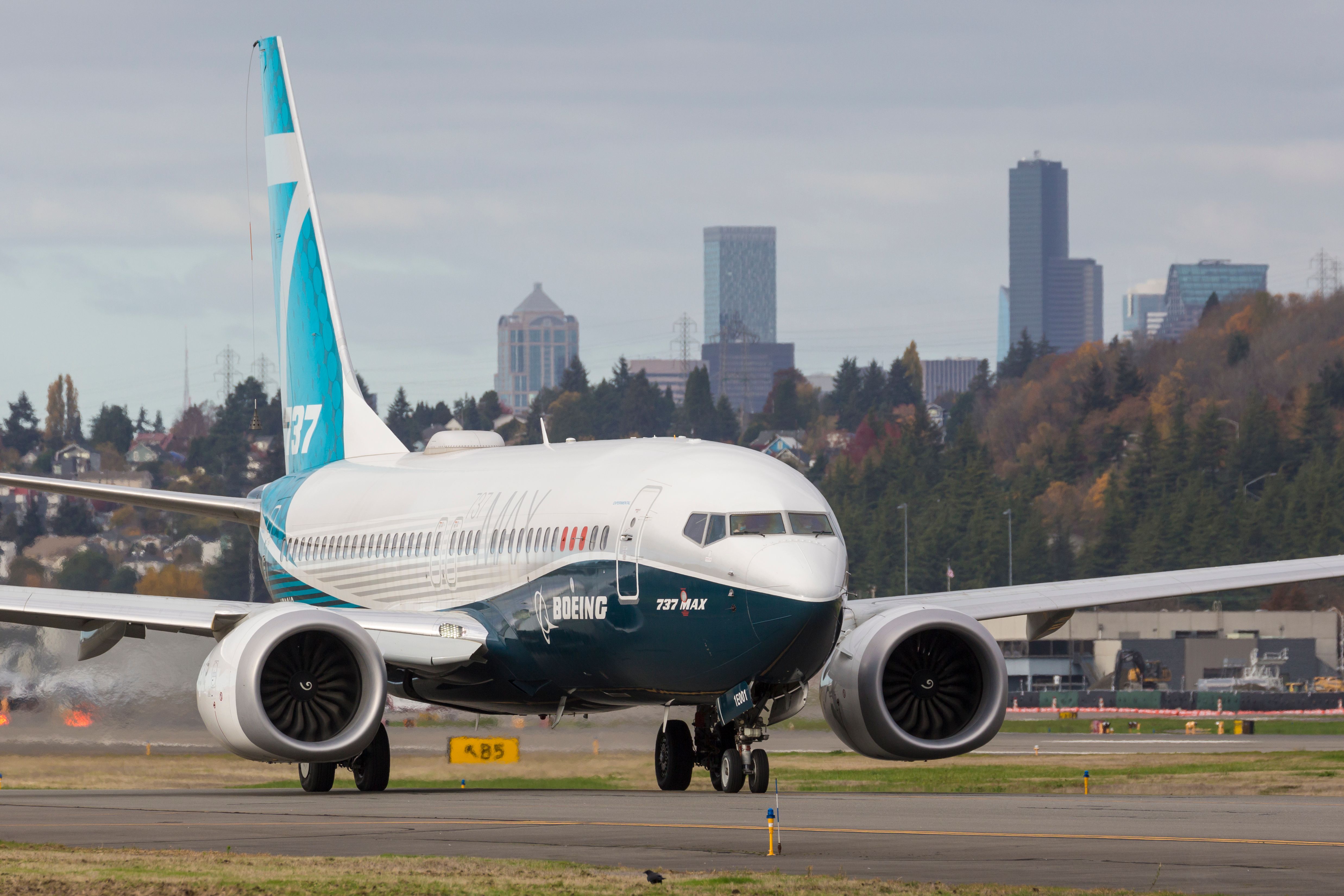The Federal Aviation Administration ( FAA
) has said that it has been addressing an issue with the CFM International LEAP-1B engine, which is the exclusive engine option for the Boeing 737 MAX, following several bird strike incidents.
Working with other stakeholders
In a statement on November 21, the FAA said that it was addressing a CFM International
LEAP-1B engine issue through its standard continued operational safety process.
The process includes close collaboration with Boeing, CFM International, and the European Union Aviation Safety Agency ( EASA
). The FAA and EASA jointly certified the CFM International LEAP-1B on May 4, 2016.
“We will convene a Corrective Action Review Board in the coming weeks to examine the data and develop a path forward. The FAA determined this is not an immediate flight-safety issue.”
Photo: Unaccompanied Media | Shutterstock
In a statement to Simple Flying, a ![]() Boeing
Boeing
spokesperson said that the company will be working with authorities that are investigating “these incidents.”
“We continue to follow regulatory processes to properly address potential issues and ensure the continued safety of the global fleet.”
Boeing issued an operations manual bulletin (OMB) in February after “these incidents” to inform airlines flying the 737 MAX
of potential impacts to the engine and appropriate operating procedures.
The company will continue to ensure that its customers and pilots are informed in the event of any approved changes to the 737’s operating procedures.
Meanwhile, a CFM International spokesperson affirmed that load reduction devices (LRD) have been used for more than two decades and have operated as designed.
“We are collaborating with FAA, EASA and Boeing to determine if there are any learnings from recent events.”

Related
FAA Mandates Boeing 737 MAX Rudder Inspections Looking For Loose Bolts
After issuing a statement on the issue in December 2023, the FAA has now published a final-rule airworthiness directive to address the issue.
Bird strikes at the heart of the issue
The Seattle Times reported that the FAA made the move following two bird strikes affecting two different Southwest Airlines flights in 2023.
In March 2023, a Southwest Airlines aircraft was forced to turn back to Havana José Martí International Airport (HAV). The 737 MAX 8
, registered as N8792Q, operating flight WN3923, suffered a bird strike and had to return to Havana.
In another incident in December 2023, a Southwest Airlines 737 MAX 8, registered as N8830Q, was operating flight WN554 from Louis Armstrong New Orleans International Airport (MSY) to Tampa International Airport (TPA).
Photo: Southwest Airlines
As the aircraft had been climbing out of the airport, the LEAP-1B ingested a bird, forcing the narrowbody jet to turn back to New Orleans. In both cases, there were fume events after the bird strikes.
Thus, the FAA was deliberating whether to mandate 737 MAX aircraft to take off with the airflow from the engines into the cabin and/or cockpit turned off, which would be a solution to mitigate the risk of a fume event, The Seattle Times report added.
According to AviationWeek, on LEAP-1B engines, a bird strike can cause oil to be ingested into the conditioning system, which delivers air from the engines to either the cockpit or the cabin, following the activation of an LRD.
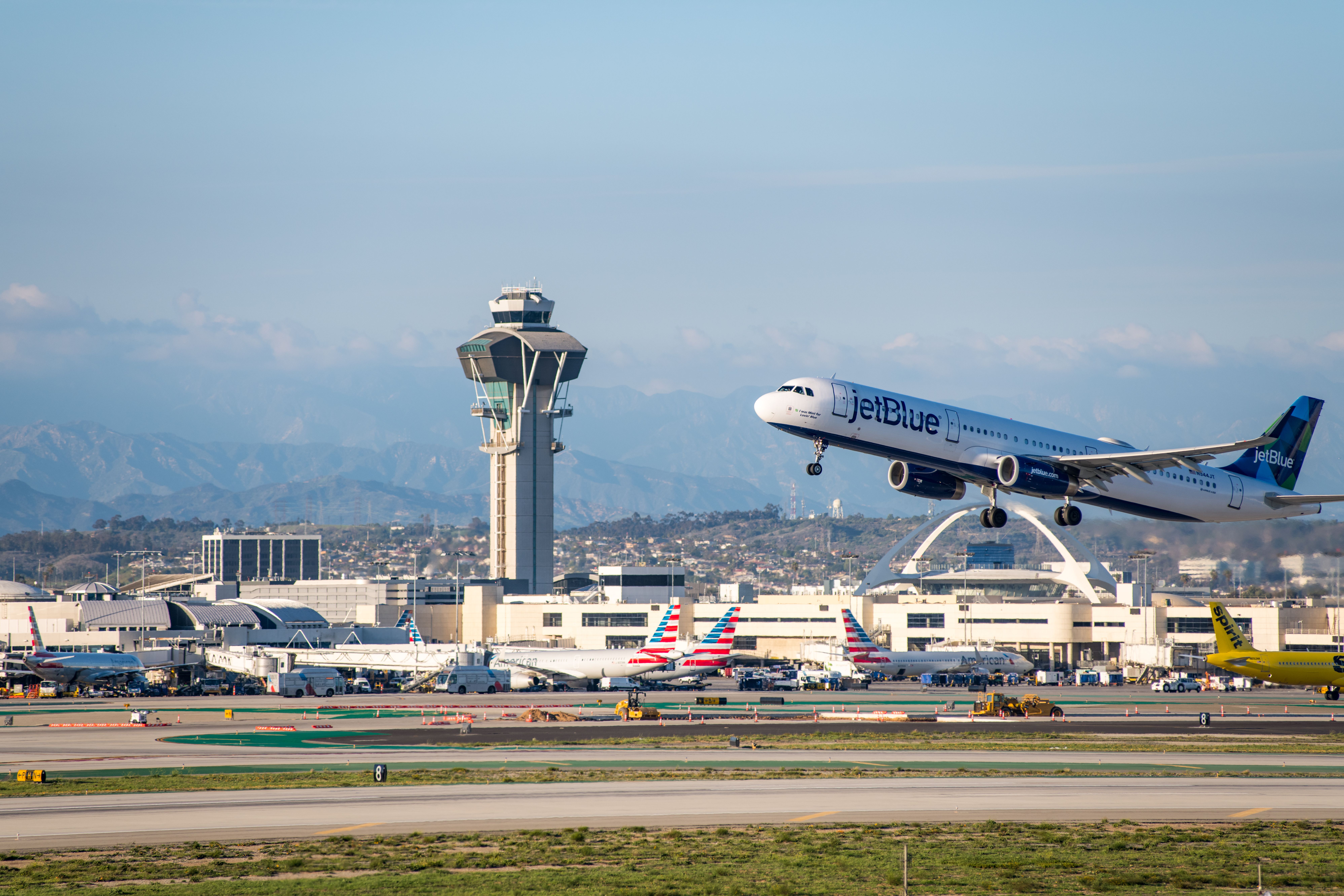
Related
FAA Denies Association Of Flight Attendants Request For New Cabin Air Quality Rule
The FAA argued that it was already mandated to study issues related to the quality of air inside aircraft cabins.
Change in procedures
Reuters, citing a person familiar with the matter, reported that the regulator was deliberating whether to make changes to procedures to respond to cockpit fume events. If the FAA does decide to address the problem with a simple revision of the airplane flight manual (AFM), it would allow operators to continue flying their 737 MAXs without much operational disruption.
However, there have been examples where an AFM adjustment could still lead to mandatory hardware changes. For example, the US-based regulator revised the 737 MAX’s AFM in August 2023, with the regulator being prompted by a report that the usage of engine anti-ice (EAI) in dry air for more than five minutes in certain conditions can overheat the engine’s inlet inner barrel beyond the material design limit.
Photo: Trevor Mogg | Shutterstock
As a result, there was a risk of a failure of the engine inlet inner barrel and severe engine inlet cowl damage.
“This AD requires revising the existing airplane flight manual (AFM) to limit the use of EAI in certain conditions and revising the operator’s existing minimum equipment list to prohibit dispatch under a certain item.”
At the same time, the FAA said that Boeing has been developing a modification to address the unsafe condition, and as such, the August 2023 directive was an interim action.
The development of the hardware fix has delayed the certification of the 737 MAX 7 and 737 MAX 10, with the plane maker landing in hot water since it requested an exemption for the 737 MAX 7’s EAI system in November 2023 until May 31, 2026.
Photo: BlueBarronPhoto | Shutterstock
At the time, the manufacturer said that it would develop necessary design changes to the EAI system and the engine inlet structure, with the changes applying to all 737 MAX aircraft.
However, following the Alaska Airlines 737 MAX 9 door plug blowout and the subsequent fallout and pressure from stakeholders, including government officials, Boeing withdrew the exemption request.
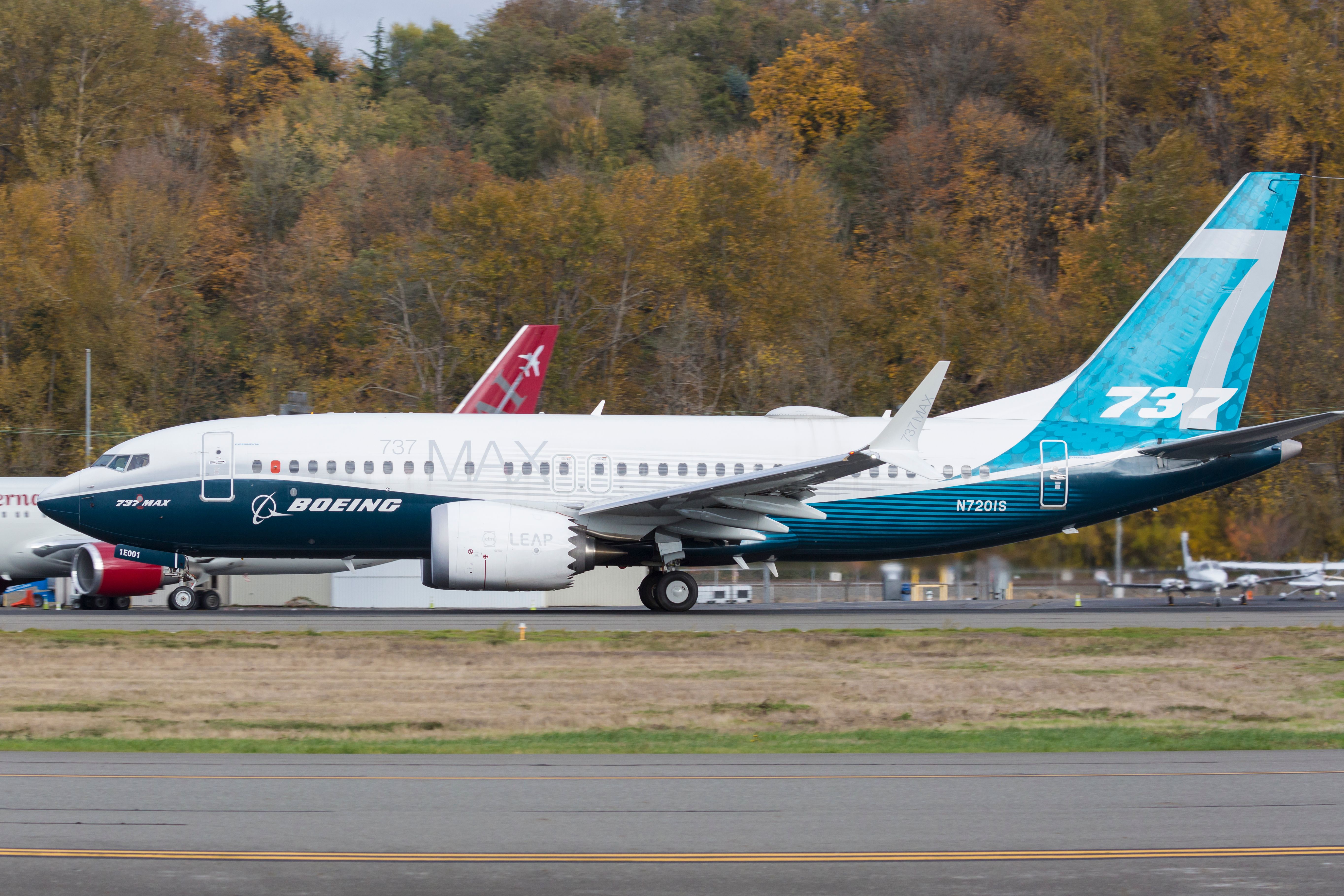
Related
Boeing Advances On Fix For Anti-Icing Issue Delaying 737 MAX 7 & MAX 10 Certification
The FAA initially addressed the Boeing 737 MAX engine anti-ice (EAI) system’s flaws with an airworthiness directive (AD) in August 2023.

